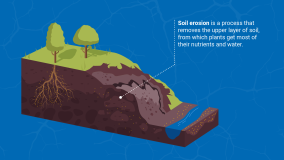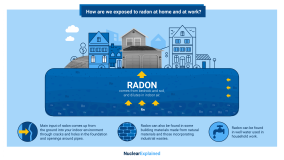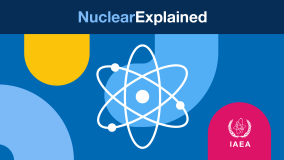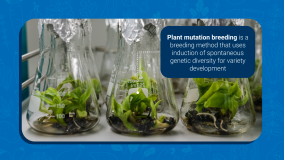5 December 2024
What is Soil Erosion? How Can Nuclear Techniques Help to Identify and Mitigate it?
On World Soil Day, the IAEA highlights how nuclear and isotopic techniques help determine soil fertility and inform decisions about soil management and conservation.
8 September 2023
What Are Particle Accelerators?
Particle accelerators produce and accelerate beams of charged particles, such as electrons, protons and ions, of atomic and sub-atomic size. They are used not only in fundamental research for an improved understanding of matter, but also in plethora of socioeconomic applications related to health, environmental monitoring, food quality, energy and aerospace technologies, and others.
18 August 2023
What is Radon and How are We Exposed to It?
One source of natural radiation that presents a danger is radon — a radioactive gas with no colour, smell or taste. It is released from bedrock material and passes through the soil.
8 June 2023
Nuclear Explained – What is Ocean Acidification?
The ocean is both a source of oxygen and a sink for carbon dioxide (CO2). It absorbs about one fourth of all CO2 emissions. While this leaves less CO2 in the atmosphere and mitigates climate change, i...
3 November 2022
What is Mutation Breeding?
Plant mutation breeding,?also called variation breeding,?is a method that uses physical radiation or chemical means to induce spontaneous genetic variation in plants to develop new crop varieties. “Mutation” is the source of most genetic variation and the motor of evolution. It is a natural process, which occurs spontaneously and slowly — over generations — in people, plants, animals and all living beings.





